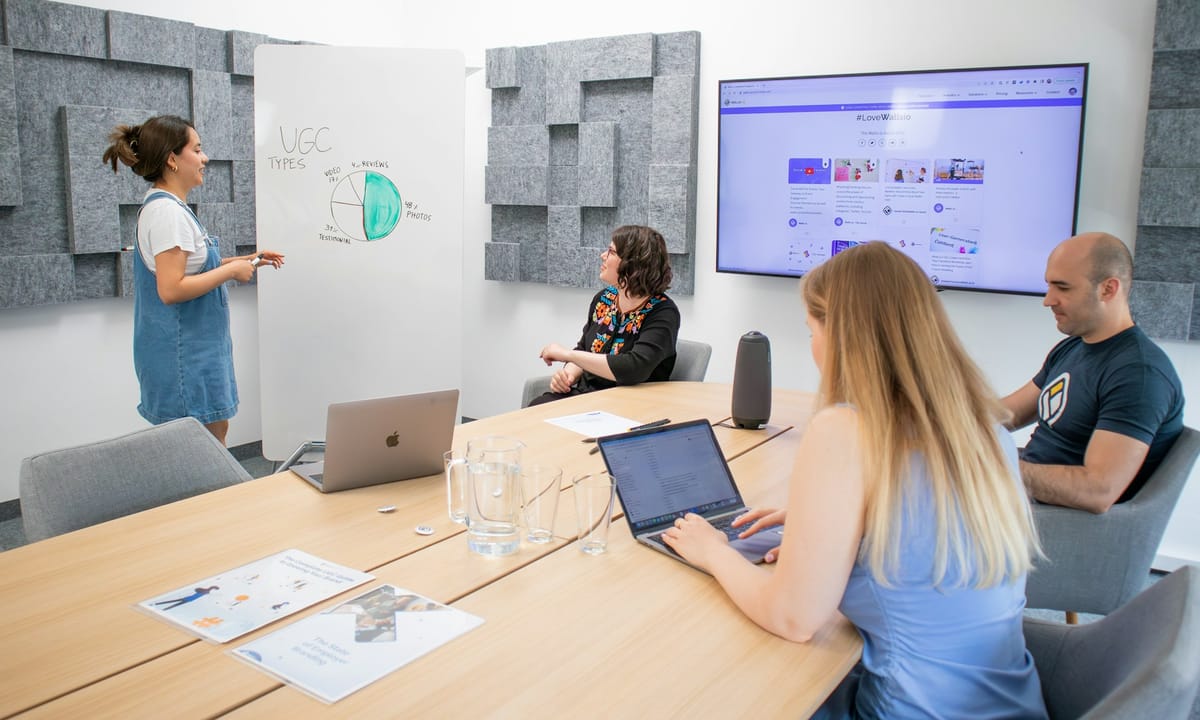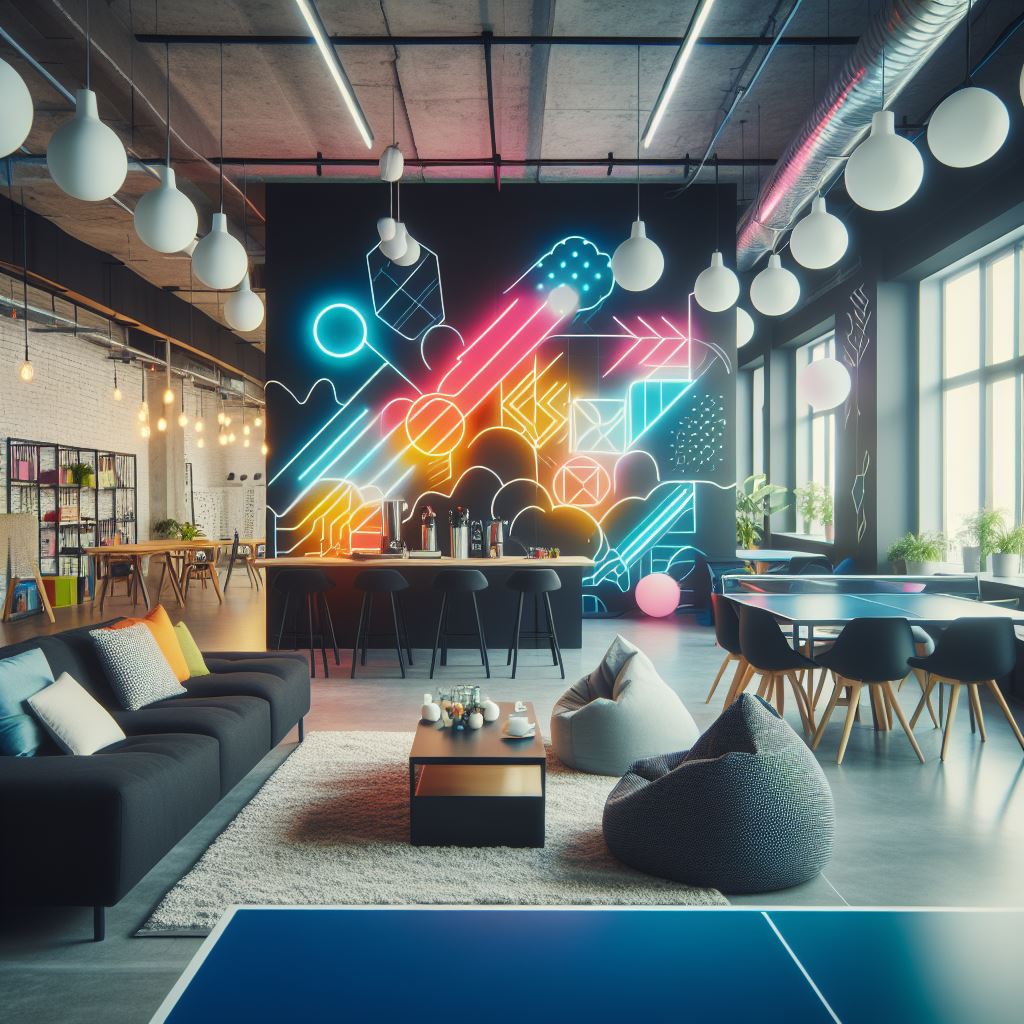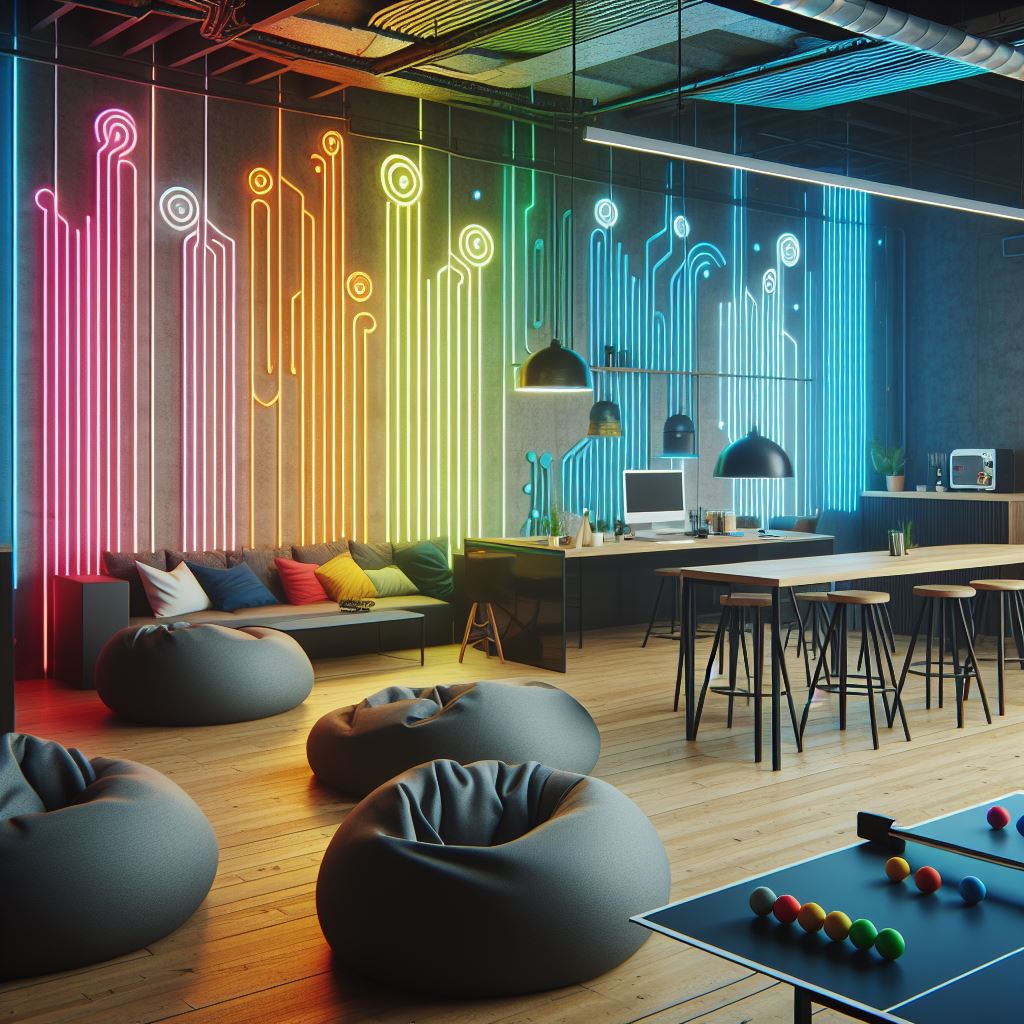AI-driven UI Design: Crafting Engaging Websites

User experience plays an important role in the success of a website. Businesses and designers are constantly seeking innovative ways to captivate and engage their audience. One such approach that has gained significant attention is AI-driven UI design. By harnessing the power of artificial intelligence, designers can create visually appealing and user-friendly websites that leave a lasting impact on visitors. In this article, we will explore the concept of AI-driven UI design, its impact on website engagement, and how it enhances user experience. We will also delve into the future of web design, where AI-powered UI is set to revolutionize the industry.
Understanding AI-driven UI Design
AI-driven UI design refers to the use of artificial intelligence algorithms and technologies to create intuitive and visually appealing user interfaces. It involves automating various aspects of the design process, including layout, color schemes, typography, and content placement, among others. By leveraging AI-powered tools, designers can streamline their workflows and produce websites that are not only aesthetically pleasing but also optimized for user experience.
One of the key components of AI-driven UI design is machine learning, which enables computers to learn from patterns and make predictions based on data. Designers can train AI models using vast amounts of data on user behavior, preferences, and engagement metrics. This data can help identify trends and patterns that can guide the design process. Additionally, AI can analyze user feedback and adapt the UI accordingly, ensuring a seamless and personalized experience for each visitor.

AI and Website Engagement
When it comes to website engagement, AI-driven UI design can have a significant impact. By analyzing user behavior and preferences, AI algorithms can generate personalized recommendations and suggestions, leading to increased user engagement. For example, AI can analyze user interactions and recommend related content or products that are likely to be of interest to the visitor. This level of personalization enhances the overall user experience and keeps visitors engaged for longer periods of time.
Furthermore, AI can optimize the visual elements of a website to maximize engagement. By analyzing user data and design trends, AI algorithms can determine the most effective color schemes, typography, and layout options to capture users’ attention and encourage interaction. For instance, AI can suggest the ideal placement of call-to-action buttons or optimize the loading speed of a website, both of which have a direct impact on user engagement. By leveraging AI-driven UI design, businesses can create websites that not only look visually appealing but also encourage visitors to take desired actions, such as making a purchase or signing up for a newsletter.
Enhancing User Experience with AI-driven UI Design
One of the primary goals of AI-driven UI design is to enhance the user experience by creating websites that are intuitive, user-friendly, and tailored to individual preferences. Through the use of AI-powered tools, designers can gain valuable insights into user behavior and preferences, allowing them to make data-driven decisions that optimize the user experience.
By analyzing user data, AI algorithms can identify pain points and areas of improvement in a website’s UI. This information can then be used to make necessary adjustments to the design, resulting in a more intuitive and seamless user experience. For example, AI can detect user frustrations with certain navigation elements and suggest alternative solutions that improve usability.
Moreover, AI-driven UI design can also assist in accessibility efforts by making websites more inclusive for users with disabilities. AI algorithms can analyze accessibility guidelines and automatically generate alternative text for images, provide audio descriptions, and optimize keyboard navigation, among other accessibility features. By integrating these AI-driven accessibility enhancements, websites can cater to a wider range of users and provide an inclusive experience for all.

Web Design: AI-driven UI
As AI continues to advance, the future of web design looks promising with AI-powered UI at the forefront. AI-driven UI design has the potential to transform the way websites are created and experienced, enabling businesses to deliver exceptional user experiences that drive engagement and conversions. With the ability to analyze vast amounts of data, generate personalized recommendations, and optimize visual elements, AI-powered UI is set to revolutionize the web design industry.
Embracing AI-driven UI design can provide businesses with a competitive edge by allowing them to create websites that not only meet user expectations but also anticipate their needs. By leveraging the power of artificial intelligence, designers can craft engaging websites that leave a lasting impression on visitors.
So, as we move forward into the future, it’s essential for businesses and designers use AI-driven UI design and its capabilities to create delightful online experiences.
FAQs
- Q1: Is AI-driven UI design suitable for all types of websites?
A1: Yes, AI-driven UI design can be applied to various types of websites, including e-commerce platforms, content-driven websites, and service-based websites, among others. - Q2: How can AI-driven UI design improve conversion rates?
A2: AI-driven UI design can enhance conversion rates by analyzing user behavior and preferences to generate personalized recommendations and optimize visual elements that encourage users to take desired actions. - Q3: Can AI-driven UI design assist in improving website accessibility?
A3: Yes, AI-driven UI design can help enhance website accessibility by automatically generating alternative text for images, providing audio descriptions, and optimizing keyboard navigation, among other accessibility features. - Q4: Is AI-driven UI design limited to large businesses or can small businesses benefit from it as well?
A4: AI-driven UI design is beneficial for businesses of all sizes. While larger businesses may have more resources to invest in AI technologies, there are also AI-powered tools and platforms available that cater to the needs of small businesses. - Q5: What are the potential challenges of implementing AI-driven UI design?
A5: Some challenges of implementing AI-driven UI design include the need for quality data, ensuring ethical use of AI algorithms, and overcoming biases that may arise from the data used to train AI models. However, with proper planning and consideration, these challenges can be addressed effectively.




